Transport
Let’s talk about how to move when you’re living off-grid. From electric bikes and cars, to traditional method, such as horses or even sailboats,
Summary
elec
Animal
Therma lengine
Sailboat
ELECTRIC TRANSPORTATION
A quiet logic option to make good use of the renewable energy setup you built for yourself.
First thing to know about electric vehicles is that batteries are the main limitation. They’re pricey, heavy, and bulky.
Sure, electric industrial tractors, ships, or trucks are technically possible.
But in a low-tech, budget-friendly setup, it makes way more sense to focus on lightweight vehicles, such as electrifying a bicycle, a moto, an ATV, etc. About anything can be made electric.
There are different battery types (called battery chemistry); some are safer than others. For now, the better choices are:
Lifepo4 or LTO… soon there might be even better chemistries available such as…
Most of the others are notorious for rare but occasional incidents, which can be pretty impressive…

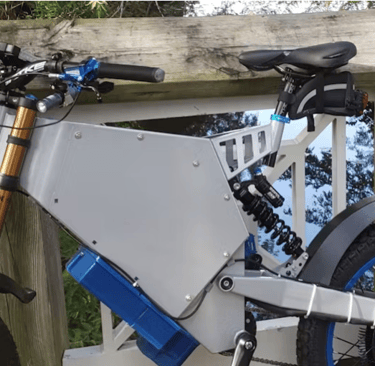

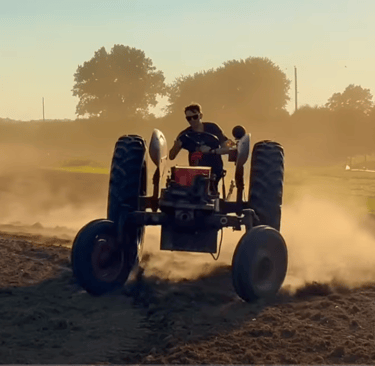
The Basics of Electrifying Anything
To convert or build an electric ride, you’ll need:
A battery pack with a good BMS (battery management system)
A charger
A controller
A throttle system
And, of course, a motor that can drive the wheel directly (hub motor), by friction, or by chain.
That’s it. Once you wire it all together properly, almost anything can go electric — from a bike to a tractor or a boat…


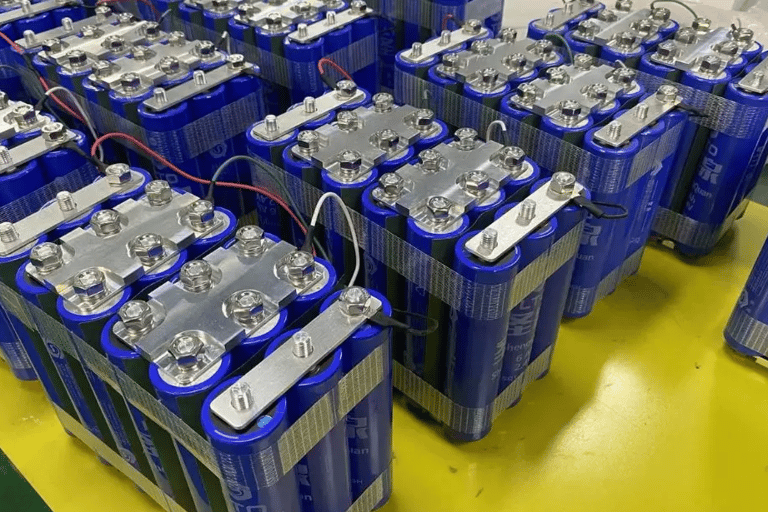

Fossil fuel options
It's been the norm for a while; thermal engines are very reliable, powerful, and overall the most efficient machines.
Today, electric machines are starting to compare, but for heavy-duty tasks, the good old fossil fuel engine still does great.
So it's either diesel or gasoline.
The principles are pretty much the same: a controlled small explosion happens in a cylinder, the piston in that cylinder moves, then the next explosion occurs, and again and again, and that piston movement makes the shaft turn
The more cylinders, the more power and complex your motor gets.
Single cylinders are great because they consume very little, and they're easy to work on, and thus you'll quickly learn to fix it yourself.
Gasoline is highly inflammable; it is mixed with air in the carburetor, goes into the cylinder where the spark plug makes a spark, and the little explosion happens. When the piston moves, more mix is sucked in, and the explosion happens again.
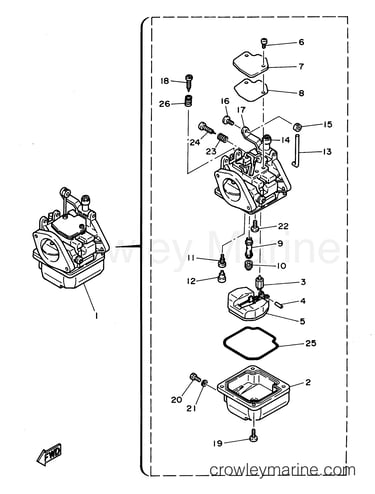


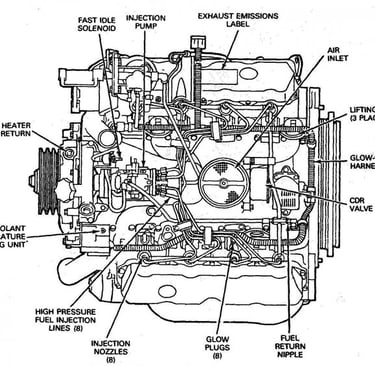
With diesel, there's no spark; the diesel is put under pressure, such pressure that the diesel gets compressed to the point of igniting itself creating that little explosion. .
With diesel an Easy first step to troubleshoot could is to make sure theres no air in the system.
Both are pretty reliable, and the fossil fuel dependence problem can be mitigated if you build a machine called a pyrolyzer to transform plastic back to fuel.
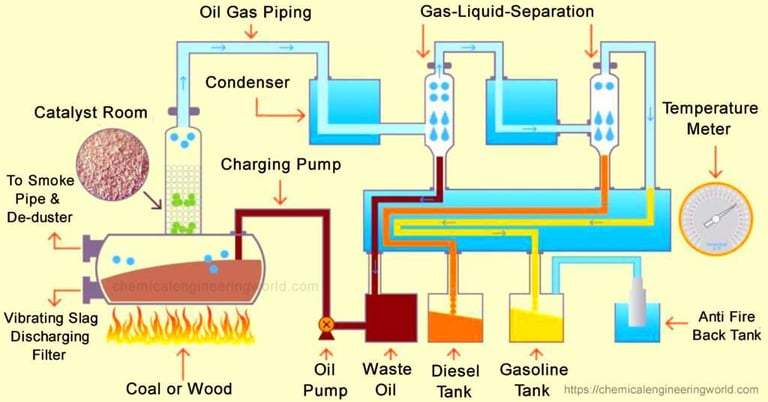

A reactor in which plastic is tightly packed, the reactor is sealed, and the air is removed. In the absence of air, the plastic will degrade; the heat is breaking it down into smaller molecules, back to a product highly similar to crude oil. What's coming out of the ground when they dig for oil…
From there, you could kind of repeat that process and transform that into gasoline, diesel, kerosene…
You can see all the operations as making refined alcohol from plastic.
It's very dangerous; don't do it at home, obviously… More information about it is in the recycling section…
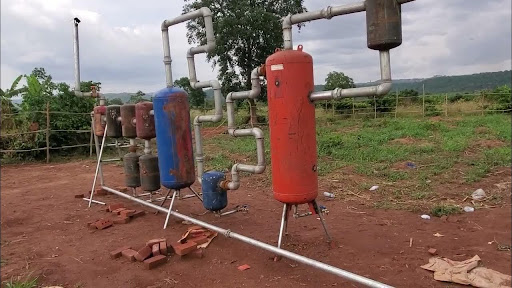

Another type of engine is the GAZ-powered one, such as LPG.
It could be interesting in our off-grid context as you can make your own biogasbiogaz with a biodigester, a less dangerous option to create your own fuel-off grid…
It could then be compressed and used in a normal gas bottle for vehicle use.

